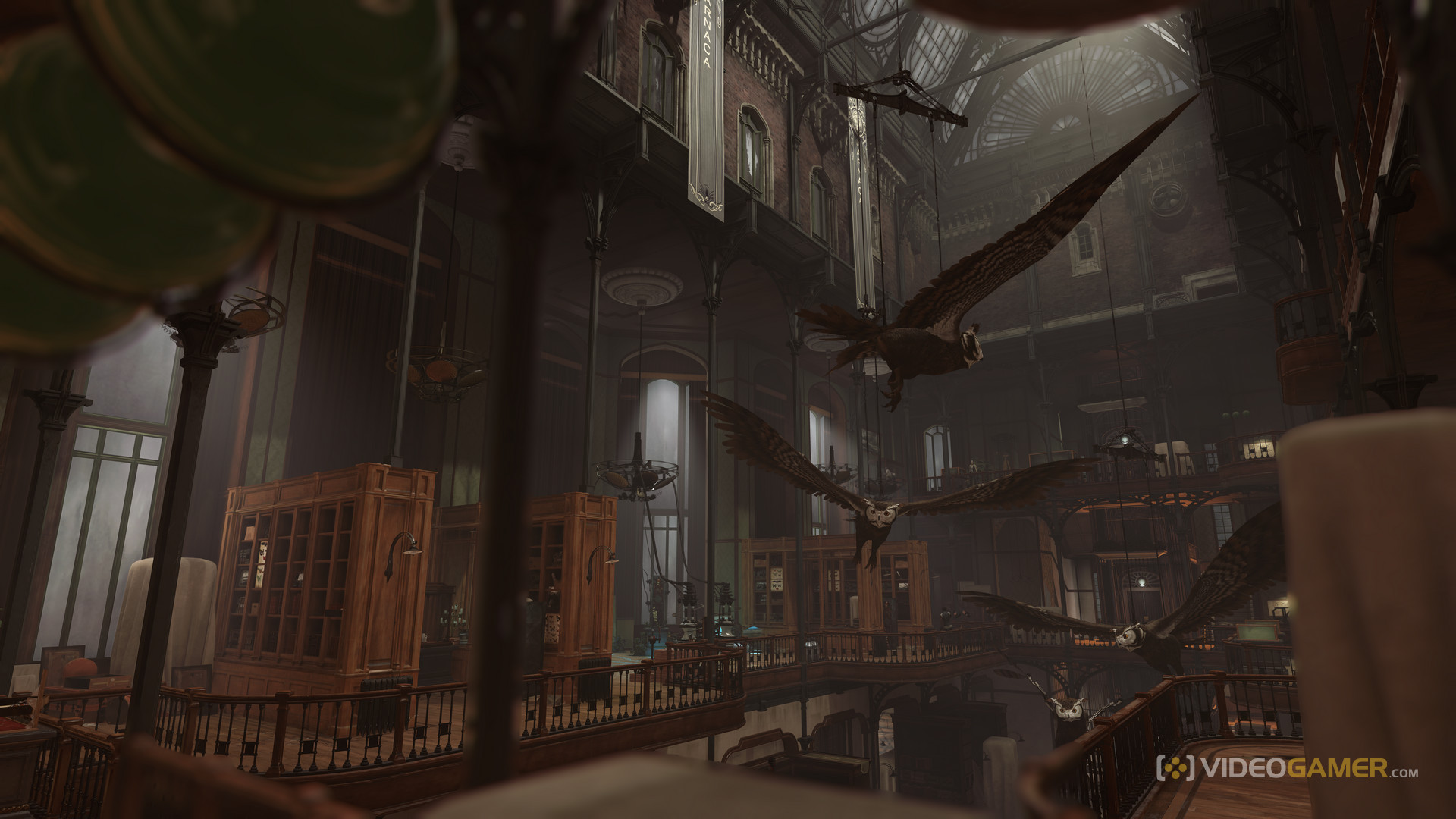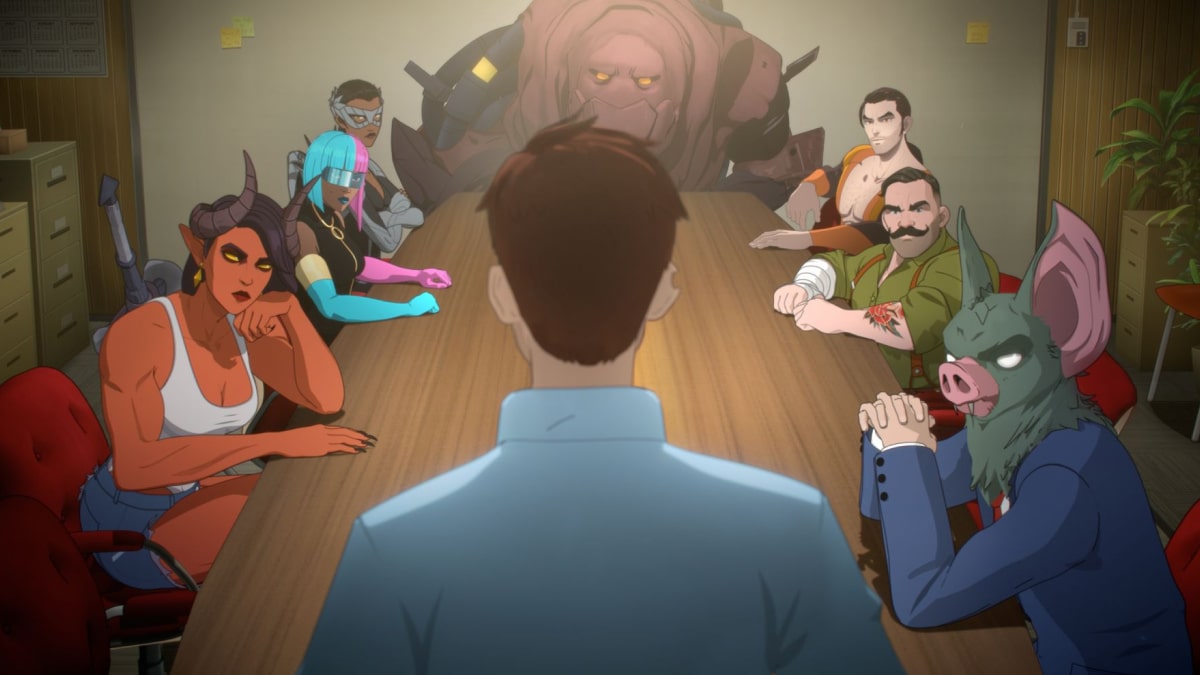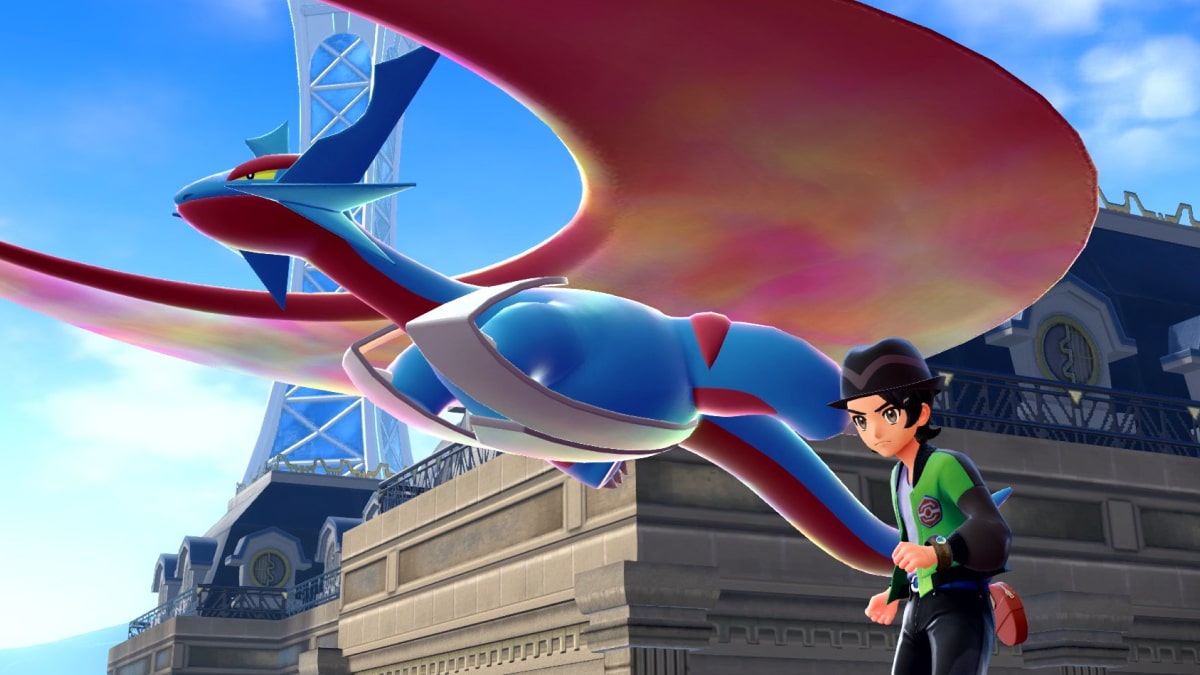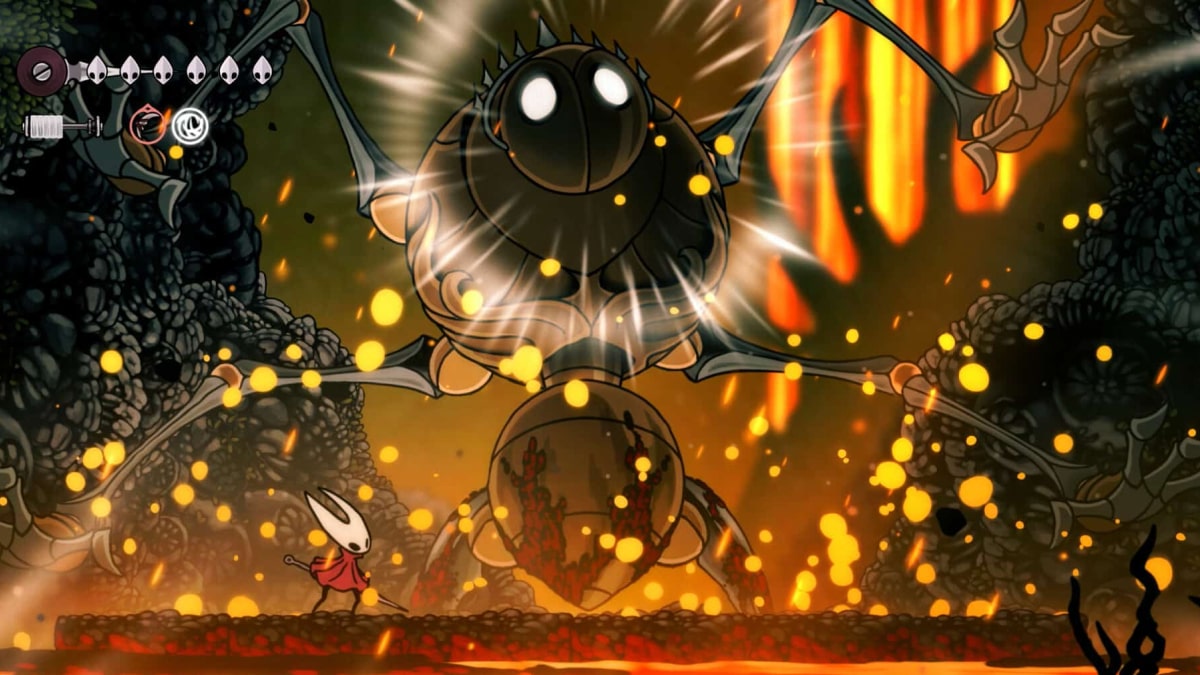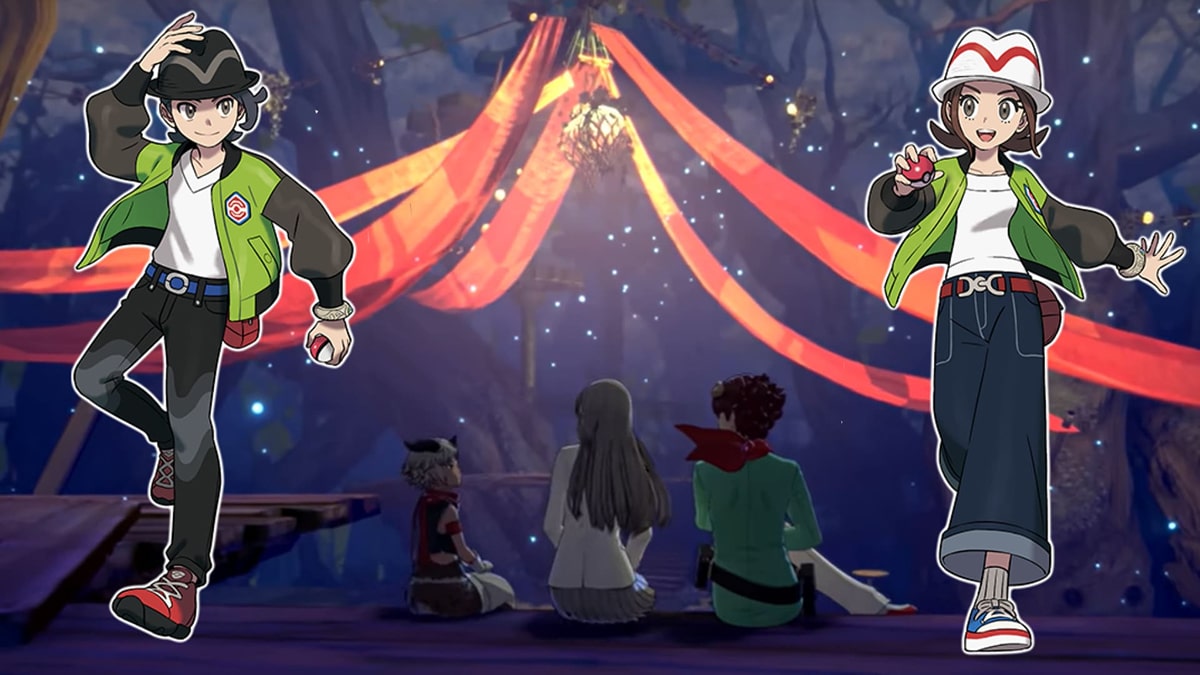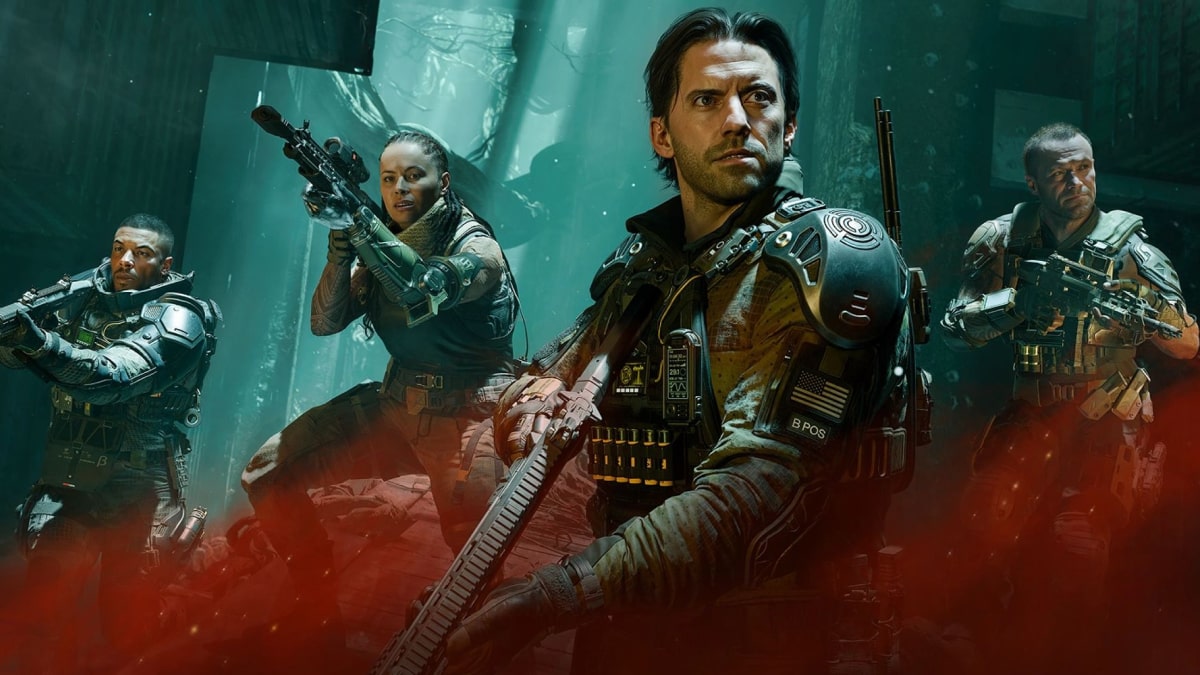You can trust VideoGamer. Our team of gaming experts spend hours testing and reviewing the latest games, to ensure you're reading the most comprehensive guide possible. Rest assured, all imagery and advice is unique and original. Check out how we test and review games here
In Oxford there’s a museum that’s half hidden behind another museum – you have to go through the Natural History Museum to even find the entrance. It’s called the Pitt Rivers Museum, named after the man who gifted the founding collection of exhibits when he died. Lieutenant-General Augustus Henry Lane Fox Pitt Rivers travelled around Europe and other bits of the world and amassed around 30,000 objects which had been taken from their original homes in the great tradition of colonialism, and then obtained or otherwise acquired by the enterprising Lieutenant-General via auctions and dealers and things like that. Some of the objects still have hand printed labels.
They’re in crowded glass display cases, and beneath the glass are narrow draws that you can pull out and find even more small things. There are coins, shrunken heads, model boats, and a small carved sphere made of ten freely moving balls nested inside one another, worked from one solid piece of ivory from the outside in. When you stand in the middle of the floor and look up the are tiered walkways around the sides with even more cabinets. It’s dark, and very quiet because not many people find their way into the Pitt Rivers Museum.
Playing through The Royal Conservatory level in Dishonored 2 reminded me so much of creeping around the Pitt Rivers Museum that I had to shake away the déjà vu like a dog shaking off dreams. It’s dim, and almost silent, and still crowded with displays from an exhibition on a natural scientist. There are giant stuffed owls silently suspended in flight from the ceiling, as dust motes drift down. It was so beautifully realised, I even knew exactly how The Royal Conservatory would smell.
My game of the year is Dishonored 2, predictably enough, and it’s the most festive too! Why, what better encapsulates the spirit of the season than your aunt acting out about something inappropriate your grandad did, and your mum passive aggressively telling you how to deal with it?
I chewed over giving Dishonored 2 a 10 out of 10 for a while, principally because the PC version shipped as, by all accounts, a bit of a s*** show. This is of course a Bad Thing and I would much prefer companies to ship games that worked, but on the other hand the version I played on PS4 performed impressively, beautifully… perfectly. So I went with my heart, and my heart said 10. Regular heart, not magical talking heart held in my hand that is invisible to everyone else.
/https://oimg.videogamer.com/images/4f9b/dishonored_2_26.jpg)
My affair with the world of Dishonored began when the first one came out in 2012. I liked the bleak steampunk aesthetic of a country with an economy based on whale oil, and the stylish assassinations I could pull off with the sort of arcane-ish powers afford me by an androgynous witch boy. I was pleased when they said they were making a sequel. It is now accurate to say that, while I enjoyed Dishonored very much, my feelings towards it when compared with its successor would be as a spring fling to the fervent orisons of love in a novel written by a particularly flustered Bronte sister.
After I previewed The Clockwork Mansion level I described it as being like a Fabergé egg, but in fact the whole game is. Everything in Dishonored 2 is crafted carefully fit within the established world, but it adds layers. Layers and layers of elegant mechanisms, polished marble and fresh fruit alternating with dust, fish guts, stinging blood flies. Dishonored 2 pulled out the ideas of the ruler and the ruled coming into conflict, and the casual way those in power can treat the disenfranchised when they don’t see the consequences – they’re closely nestled, fitting in around each other, brushing close occasionally but never quite touching. The conflict to be found there is really the driving force of the narrative: it is the motivation for the antagonist.
Dealing with the consequences of your actions is hard baked into the game. Dishonored had the high chaos/low chaos system, whereby the world gets more hostile and horrible the more people you kill, but in Dishonored 2 it’s brought down to details. Even conversations with NPCs can be different. There’s a level where you can go back in time and change the past, which has huge effects on the present. It’s especially resonant when playing as Emily, who gets harangued by regular people for using silver cutlery and turning a blind eye whilst her empire shored up an oppressive ruler in another city. If you’re playing reservedly she might voice some regret and reflect on her rule thus far. If you’re not, well… And yet at the end of the game Emily gets to disappear back to the heart of her empire, having wrought chaos through the streets of a city according to her own personal judgement on what was right to do. There are reams of things to be said about this game. Reams!
The gameplay is, if anything, sleeker, especially using the new raft of powers you can get as Emily. They’re all about obfuscation, drawing attention, allowing slick movement without pause. And this is only emphasised by the level designs, which are complex little Ferrero Rochers to a one, which is a metaphor to say that they’re crisp yet delightfully dense when you really get into them, and you might run into a crunchy nutty bit you weren’t expecting. There are so many ways to approach each one that Dishonored 2 demands to be replayed. It’s a speedrunner’s dream! And Dishonored always had the most stylish speedrunners.
It has the most stylish everything.
Dishonored 2
- Platform(s): PC, PlayStation 4, Xbox One
- Genre(s): Action, First Person, RPG, Shooter, Stealth
